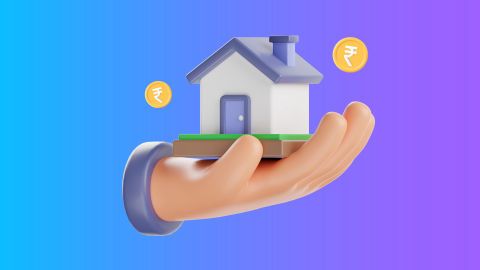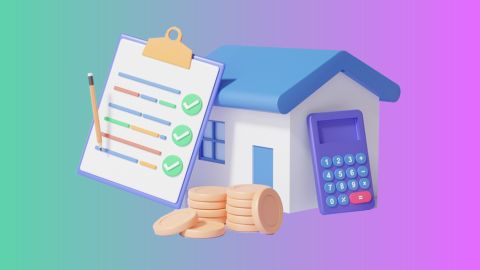What is an Encumbrance Certificate (EC) for property?
Anencumbrance certificateis a legal document issued by the government that proves the property is free of any encumbrances or claims. This means that the property is not mortgaged or subject to any loans, debts, or legal disputes. It is especially important when you plan to buy, sell, or use the property as collateral for a mortgage loan. In essence, the EC serves as proof of clear ownership, verifying that the property’s title is unchallenged and that no third party has a claim on it.What is the use of Encumbrance Certificate (EC) for property?
An Encumbrance Certificate (EC) for property is a vital legal document that proves the property is free from any legal claims, loans, or mortgages. It is often required during property transactions, such as buying, selling, or securing a loan against the property. The EC assures buyers and financial institutions that the property title is clear, ensuring no pending liabilities or disputes. For individuals applying for aloan against property, an EC is crucial as it confirms the property’s legal status and is often requested by lenders before finalising the loan process.Why is an EC important for property transactions?
An EC is a vital document in property transactions for several reasons:Validating ownership: It confirms that the property owner has clear legal ownership and there are no ongoing legal issues.
Loan applications: If you are applying for aLoan Against Property, an EC proves that the property is free from encumbrances, making it eligible to be used as collateral.
Property sale or purchase: When buying or selling property, the buyer needs assurance that the property title is clear. An EC provides this assurance.
Legal clarity: It ensures that there are no hidden claims, legal disputes, or unpaid dues that could complicate ownership or future transactions.
Types of encumbrance certificates
There are mainly two types ofencumbrance certificates:EC for the full period: This type covers the entire period of the property’s ownership. It includes all transactions, mortgages, and transfers made during the ownership period. It is most useful when you are buying or selling a property.
EC for a specific period: This type covers only a specific period, typically useful when you want to check the property status for a particular time frame or if you are applying for a loan.
Step-by-step guide to obtaining an EC online
Here is how you can easily apply for anencumbrance certificateonline:| Step | Action |
| 1 | Visit the official website |
| 2 | Fill out the application |
| 3 | Pay the fee |
| 4 | Download the EC |
Applying for EC offline: A complete process overview
If you prefer applying offline, follow these simple steps:| Step | Action |
| 1 | Visit the local sub-registrar office |
| 2 | Fill in the application form |
| 3 | Submit documents |
| 4 | Pay the application fee |
| 5 | Collect EC |
Documents required for EC application
To apply for anencumbrance certificate, you need the following documents:Proof of ownership: Title deed or sale deed of the property.
Property details: Property ID, address, or survey number.
Identity proof: A government-issued ID, such as an Aadhar card or passport.
Payment receipt: Receipt of property tax payments, if applicable.
Authorisation(if applying through a representative): A signed letter granting permission for them to apply on your behalf.
How to check the status of an encumbrance certificate?
To check the status of your EC application, follow these steps:Visit the official government portal where you applied.
Look for theEC status section.
Enter the required details such as application number and property ID.
You will be shown whether your application is in process or if the certificate is ready for download.
How to verify the authenticity of an EC?
To verify that yourencumbrance certificateis authentic, you can:Check the serial number: Verify the certificate number and cross-check it with the official records at the sub-registrar office.
Online verification: Use the government’s online portals to verify the authenticity of your EC by entering the certificate details.
Request physical verification: Visit the office where the EC was issued and confirm its authenticity in person.
Conclusion
Anencumbrance certificateis an essential document when dealing with property transactions. It ensures that the property is free from any legal disputes or financial claims, making it a key factor in selling, buying, or applying for loans. Whether you are securing aloan against propertyor simply ensuring the legitimacy of your property’s ownership, an EC provides peace of mind.If you are looking for financial support, such as funding for a renovation, education, or any other personal needs, consider a Loan Against Property. With easy application processes and competitive interest rates, it offers a great way to access funds while leveraging the value of your property. So, before applying for any financial support, make sure that your property is in good legal standing, and your EC is in place.




